Myths About the Overdose Crisis in B.C.
More and more, the conversation about substance use is changing. For example, people are becoming more aware of using words and language that reduce stigma.
However, common myths still exist, including some about the overdose crisis – an ongoing public health emergency in B.C. Inaccurate information or beliefs about substance use and overdose can cause feelings of shame or blame for people who use drugs. People may try to hide their drug use from family and friends, use drugs alone, and avoid reaching out for help. Using drugs alone can increase the risk of a fatal drug overdose.
It’s important to talk with friends and family so that everyone can learn the facts and start thinking about substance use and overdose in new ways.
MYTH 1: “People started dying from overdose at the start of the COVID-19 pandemic.”
FACT: The overdose crisis in B.C. is a public health emergency that has been tragically ongoing since 2016.
Before the COVID-19 pandemic, the number of overdose deaths were in B.C. was decreasing. With the onset of COVID-19 – a second public health emergency – there has been an alarming increase in overdose deaths that has affected every region of the province. People are losing their loved ones every day from overdose. This is largely caused by high levels of extremely toxic drugs contaminating the illicit drug supply, increased isolation, and disconnection from important life-saving services.
If you or someone you know uses drugs, there are proven ways to stay safer and decrease the risk of overdose – like using drugs with a buddy, or carrying Naloxone.
MYTH 2: “Harm reduction enables substance use.”
FACT: Harm reduction keeps people safer and reduces the risk of a fatal overdose.
Harm reduction is about keeping yourself and others safer when doing things that involve risk. When it comes to substance use, harm reduction strategies and services saves lives and you need to be alive to find a path to treatment and recovery.
Creating more overdose prevention and supervised consumption services or giving people with opioid use disorder better access to safer prescription alternatives are examples of harm reduction.
Harm reduction meets people where they are in life and can be a steppingstone in their journey to health and recovery.
MYTH 3: “People who experience substance use challenges are homeless and unemployed.”
FACT: People who experience substance use challenges come from all walks of life.
Substance use challenges affect people from a variety of backgrounds and who have different experiences related to occupation, education, income, wealth and where they live. In 2020 so far, 84% of illicit drug toxicity deaths have occurred indoors (56% in private residences and 28% in other residences including social and supportive housing, SROs, shelters, and hotels and other indoor locations).
Regardless of life circumstances, all lives are valuable, and all people deserve the chance to life happy, healthy lives.
MYTH 4: “People can just stop using drugs.”
FACT: Addiction is a health condition.
Ending addiction is much more complicated than “just saying no”. When someone has developed a dependence on a substance (including alcohol), stopping “cold turkey”, in an abrupt way, can be dangerous and can cause withdrawal symptoms. Addiction is often the result of external factors, not personal choices. There are often root causes behind someone’s addiction.
Have open conversations about substance use and learn more about addiction and harm reduction. Everyone’s path towards treatment and recovery is unique. There are many ways to heal.
MYTH 5: “Only people who use heroin are at risk of fentanyl overdose. I don’t know anyone who uses these drugs, so the crisis doesn’t affect me.”
FACT: People who use drugs and may be at risk of overdose are real people that you know. They are family, friends, coworkers, and neighbours. The illicit drug supply in B.C. is extremely toxic. Fentanyl has also been found in drugs other than heroin.
People may take fentanyl without knowing it. Approximately 79% of illicit drug toxicity deaths in B.C. in 2020 have fentanyl detected. In the majority of deaths, fentanyl or similar substances were detected in combination with other drugs. Fentanyl has been found not only in heroin, but other substances like cocaine, hydromorphone, morphine, and oxycodone from the illicit drug supply.
People who use drugs are someone’s child, partner, or parent. By having open and honest conversations with others, people who use drugs can feel supported to share what they are going through. This can help them to stay safer and find help.
Drug checking provides life-saving information about the harmful and even deadly contaminants, such as fentanyl, that drugs may contain. Find drug checking services and hours by city.
Where to find help
- If you are using substances alone, download the Lifeguard app. It will connect to 9-1-1 automatically in the event of an unexpected overdose.
- Search for services in B.C. using the Mental Health and Substance Use Service Map.
- Call 8-1-1 for non-emergency health information, including how to access alternatives to the toxic drug supply.
- Find Opioid Agonist Treatment Clinics that are accepting new patients.
Keep learning – see 3 Myths About Stigma and Addiction.


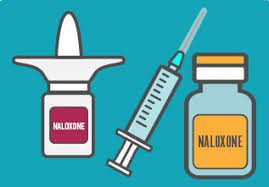

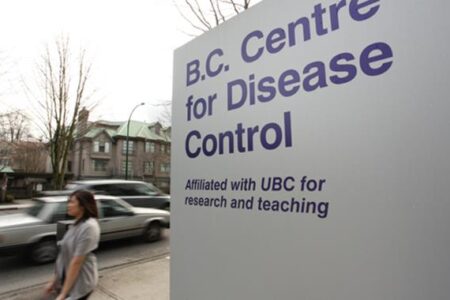
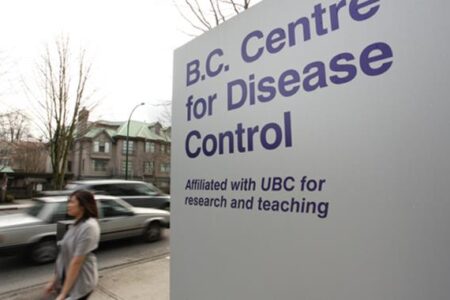












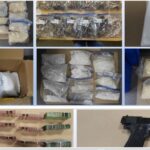
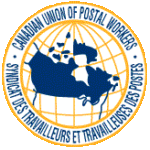


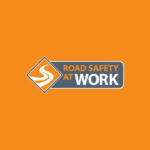




Comments